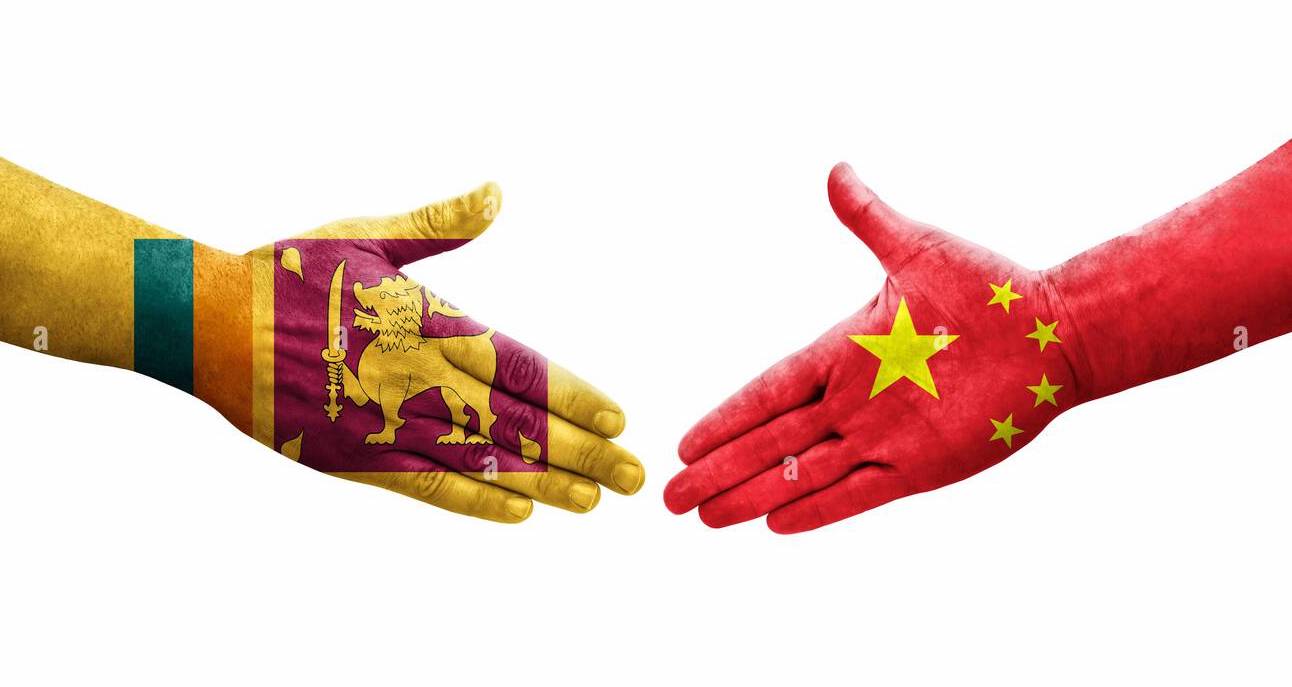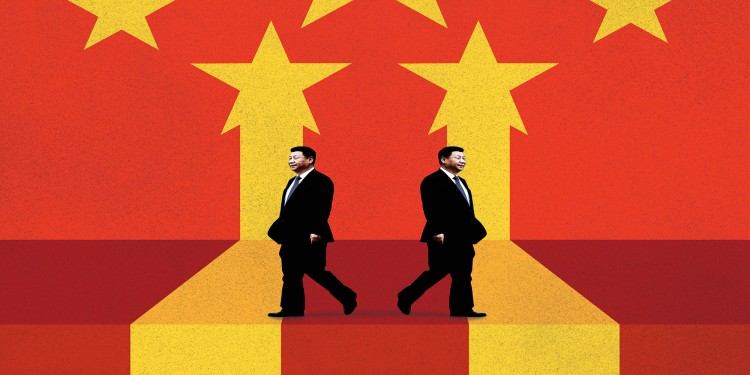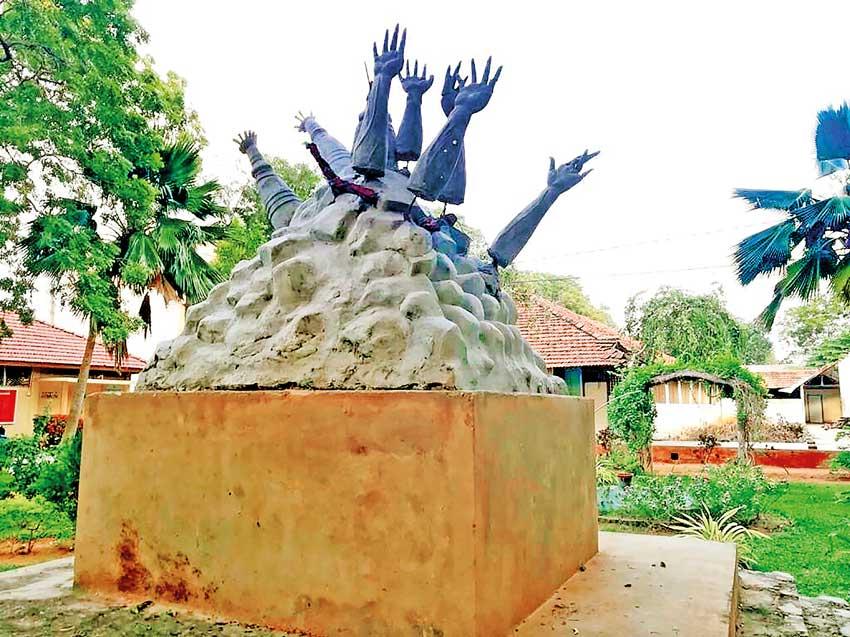Dancing with the Devil is a book written by investigative writer Rodney Barker. It is a book about an espionage case in the Cold War era. When looking at Sri Lanka’s approach towards China, the name of this book comes to mind. President Ranil Wickremesinghe had recently said that Sri Lanka is a neutral country – we will not allow Sri Lanka to be used as a base against India. The Colombo has made a similar view on various occasions.
When former president Gotabaya Rajapaksa was in power, he pronounced India First Policy. The policy was touted as a replica of Modi’s Neighborhood First policy. However, the India First Policy disappeared when labour unions raised their voices against handing the Eastern Container Terminal to India. Given this background, claiming they are concerned about India’s security first is a usual rhetoric in Sri Lankan politics. However, there is yet to be an answer as to whether Colombo follows that as a political principle.
In 2014, a Chinese Type 039 ‘Song’ class submarine visited Colombo, the first time one of the People’s Liberation Army-Navy’s (PLA-N) diesel-powered submarines had emerged in the Indian Ocean, and it a rare PLA-N submarine visited a foreign port.
The submarine’ Great Wall 0329′ docked at the Chinese-funded Colombo International Container Terminal in Sri Lanka from 7 to 14 September, just before a one-day visit by Chinese President Xi Jinping.
In August 2022, Colombo allowed a Chinese spy ship Yuan Wang 5, to anchor at the 99-year leased Hambantota port. The space-tracking vessel was prowling in the Indian Ocean Region when India was preparing to test missiles in the Way of Bengal. According to the US Department of Defense, it is a ship operated under the command of the Chinese military, Capable of tracking satellites and missile launches. If so, whose missile defence arrangements will China monitor from Hambantota?
Amid India’s security concerns, after over a year, another Chinese so-called research vessel has been cleared by the Sri Lankan Ministry of Defence to dock at Colombo. The ship will operate for nearly three months in the East Indian Ocean region.
Although there were already reports about the planning to arrive at such a ship, however, the external Affairs Minister Ali Sabri said earlier that we did not give permission to the Chinese vessel Shi Yan 6, as Indian security concerns were important to the island nation.” But he added that “negotiations were going on. If the vessel complied with the standard operating procedures of Sri Lanka, then there would be no problems.”
The question is, if China intends to target India, what standard can Sri Lanka set? Besides, Sri Lanka cannot monitor China’s highly sophisticated technological spy operations. According to the experts on Chinese naval projections, Shi Yan 6 is one of the PLA’s vessels chain. In September 2019, the Indian Navy forced the Chinese research vessel Shi Yan 1 to return after it entered India’s exclusive economic zone in the Andaman Sea because the vessel could have also been used to spy on Indian activities.
US raised concern on the visit of Shi Yan 6 during the meeting between the US under Secretary Victoria Nuland and Foreign Minister Ali Sabry at the sideline of the UN general assembly in New York. Sabry has spelt the same words as the ship is acting by the Standard Operating Procedure (SPO) drafted by Colombo.
However, the reality is far from the Sri Lankan briefed. The recent statement of Ranil Wickremesinghe is a vivid example of how Colombo misread the Chinese moves in the Indian Ocean region. Wickremesinghe rejected the used term’ spy ship’. “There are no spy ships in Sri Lanka, I do not know if anyone can establish a spy ship, and describing them as “research vessels”, he said at an event hosted by the Carnegie Endowment for International Peace in New York.
How does Wickremesinghe know that China is not involved in spy operations by its vessels? Such responses indicate that Colombo is unconcerned about India’s security issues. The Chinese statement said the ship would help “strengthen scientific research cooperation and exchanges with countries along the Maritime Silk Road and further realise the integration of science and education for Belt and Road Initiative.
However, the experts on China’s naval strategy learned that Chinese ‘research ships’ have been used with dual purposes – used for research cooperation and also as a military tool.
Gregory Poling, director of the Center for Strategic and International Studies’ Asia Maritime Transparency Initiative, said ‘China has been using civilian fishing trawlers for military purposes for decades but has significantly increased the numbers recently with the creation of a “Spratly Backbone Fleet” out of a government subsidy program begun under President Xi Jinping, which helps cover building new vessels, among other things. China is able to use nominally civilian vessels that are state-directed, state-paid to eat away the sovereignty of its neighbours, but then plausibly deny that the state is responsible,” he added.
If this is the case, how can Colombo ensure that China, which uses fishing boats for military purposes, will not use its survey vessels for spy activities?
Sri Lanka seems more confident that it can manage the geopolitical rivalry based on the Indian Ocean Region effectively, but Colombo’s short-sighted approach should not ultimately culminate in an attempt to dance with the Devil. Such an appearance is now visible in Colombo’s approach. India’s concern in this regard is entirely justified. China’s spy operations pose security challenges, especially when India is concerned about important projects in Sri Lanka. Not only India but also a challenge to the US strategy on the balance of power in the Indian Ocean Region.




